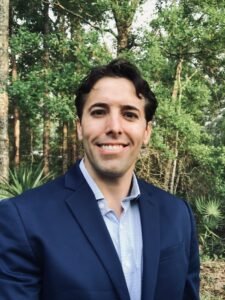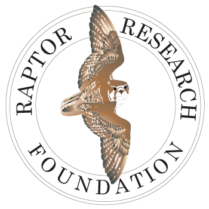Plenary Speakers

Dr. Jones was a Professor of Avian and Zoological Medicine and Director of Student Services,
Diversity, and Recruitment at the UT College of Veterinary Medicine. After 30 years of service,
starting in 1996, he retired on June 30, 2022 and was awarded Professor Emeritus status in
Avian and Zoological Medicine. Dr. Jones failed at retirement and one month later accepted a
position as the Director of Rehabilitation and Research at American Eagle Foundation in Kodak,
TN. Mike is passionate about all things related to raptors, and his clinical focus is the medical
and surgical management of birds of prey, avian infectious diseases, and avian emergency and
critical care. Mike has over 35 years of experience training various species of birds of prey.
Since the early 1990’s, Mike has been involved in the medical and surgical needs of the raptors
cared for by American Eagle Foundation.
Dr. Jones is a member of the American Board of Veterinary Practitioners, Association of Avian
Veterinarians, Phi Chapter of the Society of Phi Zeta (Honorary Society of Veterinary Medicine),
the Raptor Research Foundation, North American Falconers Association, American Falconry
Conservancy, International Association for Falconry, and the Tennessee Veterinary Medical
Association. Mike is married with three children, plays the trumpet professionally from time to
time, and enjoys breakdancing and many outdoor activities, especially falconry and fishing.
Raptor medicine is at the core of the activities of the Carolina Raptor Center and Dr. Jones’s
vast experience and contributions to raptor and wildlife veterinary medicine and his academic
experience therefore make him an ideal plenary speaker for the Charlotte RRF conference.

Dr. Bryan Kluever Supervisory Research Wildlife Biologist within the US Department of
Agriculture (USDA), Animal and Plant Health Inspection Service, Wildlife Services, National
Wildlife Research Center (NWRC). Dr. Kluever is a wildlife ecologist interested in determining
how behavioral processes such as foraging, movement, habitat selection, and competition scale
up to affect the demography and community dynamics of terrestrial vertebrates, especially
species with a human-wildlife conflict nexus. As the NWRC Florida Field Station Leader, he leads
a team of natural resource professionals who employ observational, experimental, and captive
animal wildlife research to come up with robust, common-sense solutions to human-wildlife
conflict issues. Dr. Kluever has built a leading research program focused on black vultures and
their ecology in the southeastern United States. Because Black Vultures are so central to the
experience of the Carolina Raptor Center and are a critical human-wildlife interaction in the
southeastern USA, Dr. Kluever is a perfect plenary speaker to address these themes for the
Charlotte RRF conference.

Dr. Nicole Nemeth is an Associate Professor and Head of the Research and Diagnostic Service at
the Southeast Cooperative Wildlife Disease Study, in the College of Veterinary Medicine at the
University of Georgia in Athens, Georgia. Her research interests are diverse and aimed at
gaining a better understanding of natural disease in free-ranging wildlife to ultimately
contribute to management and conservation. Aspects of this understanding vary from
pathogenesis, including susceptibility to infection and disease, transmission, pathogen shedding, and tissue tropism, to utilization of diagnostic modalities and health surveys to better
understand epidemiology and potential health risks. Species groups of interest are constantly
expanding and currently include raptors, upland gamebirds, cervids, and snakes. Dr. Nemeth is
a national leader in study of wildlife disease, with a focus on High Pathogenicity Avian Influenza
(HPAI). Her recent work has been of critical importance in tying HPAI to demographic responses
of Bald Eagle populations in the southeastern USA. Because HPAI is such a high-profile
conservation issue, Dr. Nemeth is therefore an ideal plenary speaker to address this issue for
the Charlotte RRF conference.
